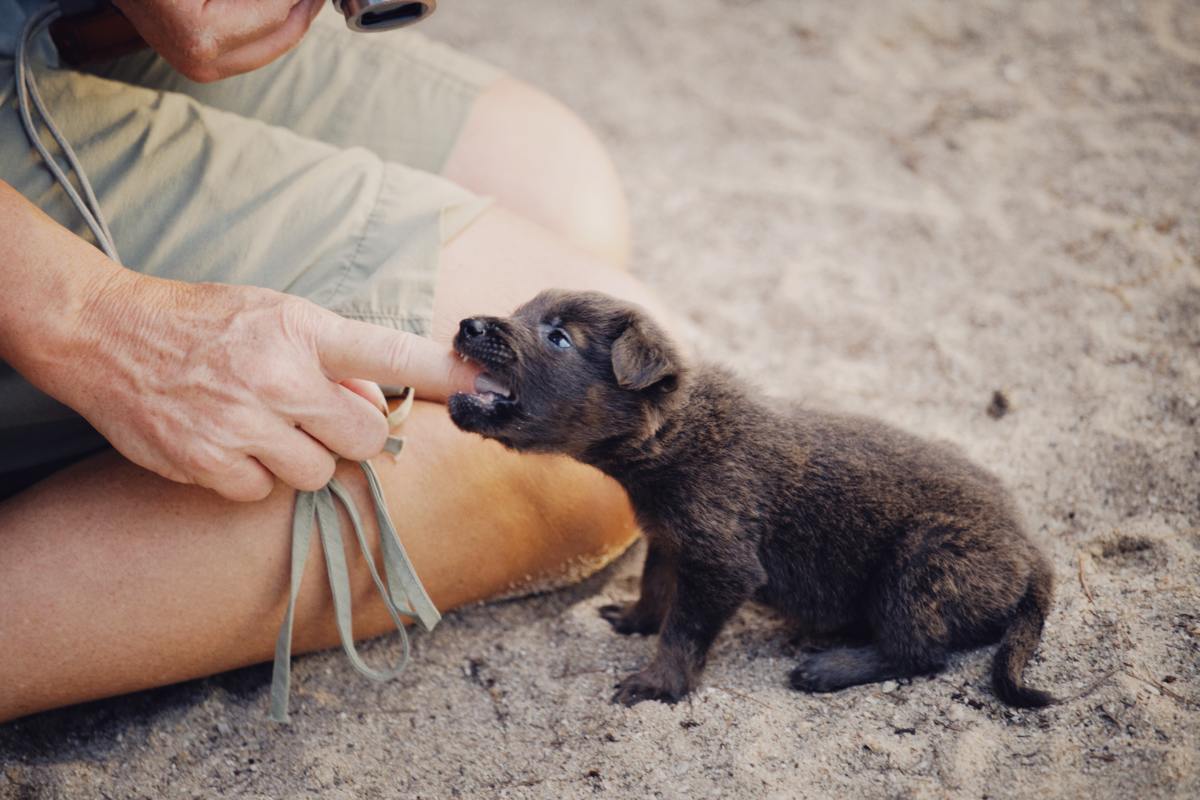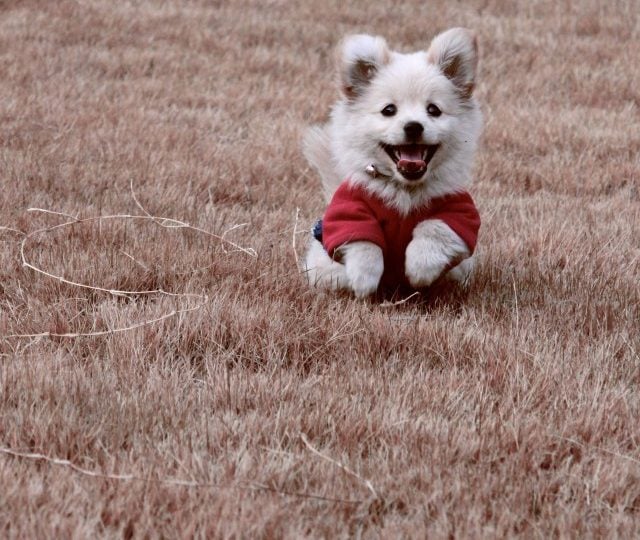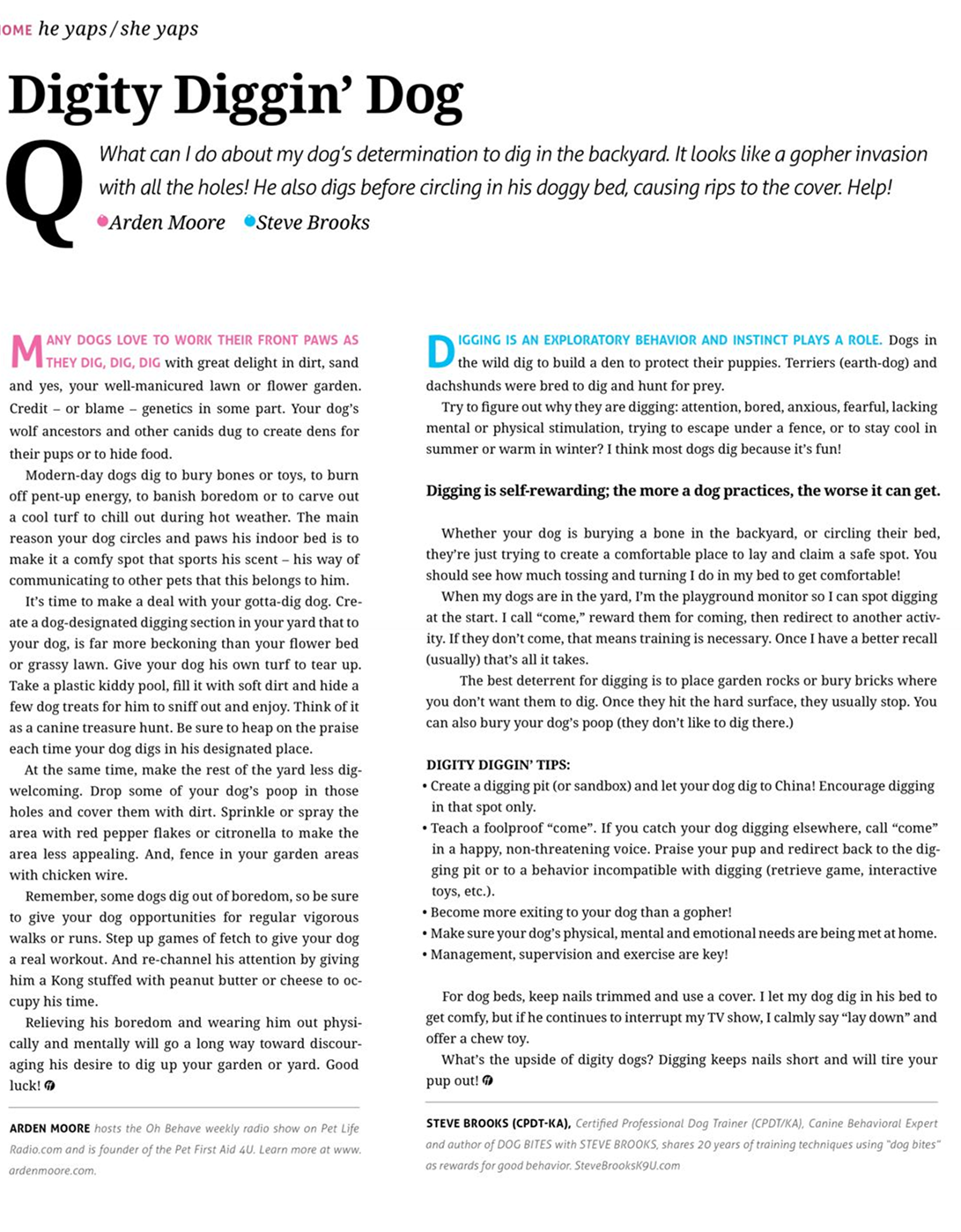To get a dog to come to you, remain calm and use submissive body language. Avoid direct eye contact and try using an attracting technique, such as a crinkly food bag and a tempting treat, to lure the dog to you.

Credit: discover.hubpages.com
Techniques For Getting A Dog To Come To You
Teaching your dog to come to you when called is an essential skill that every dog owner should master. Whether you want to ensure their safety or simply enjoy their company, having a reliable recall command is crucial. In this section, we will explore different techniques that can help you achieve a strong recall with your furry friend.
Using Treats As Motivation
One effective way to motivate your dog to come to you is by using treats as a reward. Dogs are naturally food-motivated creatures, so offering a tasty treat can be a powerful incentive. Here’s how you can do it:
- Choose a high-value treat that your dog loves. It could be small pieces of cooked chicken, cheese, or dog treats specifically designed for training.
- Show your dog the treat and let them sniff it to generate their interest.
- Run a few steps away from your dog and call their name followed by the “come” command in an enthusiastic tone.
- When your dog starts approaching you, reward them with the treat and praise them for their good behavior.
This technique reinforces positive associations with coming to you, making it more likely that your dog will respond to your recall command.
Training Techniques For Coming At Night
Do you struggle with getting your dog to come to you at night? Don’t worry; there are some effective techniques that can help you overcome this challenge. Here’s what you can do:
- Use a long leash or rope to give your dog the freedom to explore while still maintaining control.
- Equip your dog with a reflective collar or a reflective vest, making them more visible in the darkness.
- Carry a flashlight to illuminate your presence and create a visual cue for your dog.
- Practice recall training in well-lit areas at first, gradually progressing to dimmer environments.
By implementing these techniques, you can ensure that your dog remains safe and visible even when it’s dark outside.
Effective Techniques For Scared Or Deaf Dogs
Training a scared or deaf dog to come to you requires some additional considerations. Here are some techniques that can be helpful:
- Use visual cues such as hand signals or flashlights to communicate with your deaf dog.
- Gain their trust by creating a calm and supportive environment.
- Start training in a familiar and secure space, gradually introducing new environments.
- Reinforce positive behavior with treats, praise, or their favorite toy.
Remember to be patient and understanding with scared or deaf dogs, as they may require more time and gentle guidance to feel comfortable and respond to your recall command.
By following these techniques and adapting them to your dog’s specific needs and personality, you can establish a strong recall command and enjoy a closer bond with your furry companion. Happy training!

Credit: www.rover.com
Tips And Tricks For Successful Dog Recall Training
Training your dog to come to you when called is an essential skill for both their safety and your peace of mind. However, it can often be challenging to achieve a reliable recall. In this post, we will explore some helpful tips and tricks to make your dog recall training a success.
Introducing Distractions In Recall Training
One of the key factors in successful recall training is gradually introducing distractions. Dogs can easily get distracted by their surroundings, so it’s crucial to teach them to come to you despite tempting distractions. Here are a few steps to follow:
- Start training in a quiet and familiar environment with minimal distractions.
- Gradually increase the level of distractions during training sessions, such as introducing toys or food in the surroundings.
- Practice recall training in different environments, including parks, streets, and other places with varying distractions.
By gradually exposing your dog to distractions, you can build their focus and ensure their reliable response to your recall command.
Avoiding Missing Opportunities
Missing opportunities during recall training can set back your progress. To avoid this, follow these tips:
- Be consistent with your recall command. Use the same cue word or phrase every time you call your dog.
- Avoid using your recall command for other purposes, such as scolding or grooming. This helps maintain the importance and reliability of the command.
- Always reward your dog when they come to you, especially during training sessions. Positive reinforcement strengthens the association between the recall command and a positive outcome.
By being consistent and rewarding your dog’s successful recalls, you create a strong foundation for reliable recall behavior.
Troubleshooting Common Challenges
During recall training, you may encounter some common challenges. Here’s how to address them:
| Challenge | Solution |
|---|---|
| Your dog ignores the recall command. | Review your training techniques and consider seeking help from a professional dog trainer. |
| Your dog only responds to recall indoors. | Start gradually introducing distractions in outdoor environments and reinforce training in different locations. |
| Your dog gets distracted by other animals or people. | Practice recall training in controlled environments with gradually increasing distractions. |
| Your dog hesitates or takes a long time to come to you. | Review your training methods and ensure that you’re rewarding and reinforcing successful recalls consistently. |
By troubleshooting these common challenges, you can overcome obstacles and continue to improve your dog’s recall skills.
By following these tips and tricks for successful dog recall training, you can increase the chances of your dog coming to you reliably when called. Remember to be patient, consistent, and always reward your dog’s good behavior. With time and practice, you’ll enjoy a strong bond and a well-trained canine companion.
Alternative Methods For Getting A Dog To Come To You
When it comes to getting your dog to come to you, there are several alternative methods you can try. Each dog is unique, so it’s important to find the approach that works best for your furry friend. In this section, we’ll explore three effective techniques: using submissive body language, attracting a dog with food and treats, and engaging the dog in play.
Using Submissive Body Language
One effective way to get a dog to come to you is by using submissive body language. Dogs are highly receptive to non-verbal cues, so it’s important to convey a calm and welcoming demeanor. Here are a few tips to use:
- Avoid direct eye contact, as this can be perceived as a threat.
- Keep your body relaxed and lower yourself to the dog’s level.
- Turn your body slightly to the side, showing that you’re not a threat.
Attracting A Dog With Food And Treats
Food and treats can be powerful incentives for a dog to come to you. Here’s how you can use this technique effectively:
- Show your dog the food or treat to grab their attention.
- Run a few steps away and call your dog’s name in an exciting tone.
- Hold the food or treat in your hand and extend it towards your dog as they approach.
- Once your dog reaches you, reward them immediately with the food or treat.
Engaging The Dog In Play
Engaging your dog in play can be a fun and effective way to get them to come to you. Here’s how you can do it:
- Show your dog their favorite toy.
- Run away a few steps while calling your dog’s name in an excited tone.
- Once your dog starts following you, keep the game going by throwing the toy or engaging in a playful activity.
- Make sure to reward your dog with praise and affection throughout the play session.
Remember, every dog is different, so it’s important to be patient and consistent when using these alternative methods. With time and positive reinforcement, your dog will learn to come to you reliably.

Credit: www.stevebrooksk9u.com
Frequently Asked Questions Of How To Get A Dog To Come To You
How Do You Catch A Dog That Won’t Come To You?
To catch a dog that won’t come, stay calm and use submissive body language. Avoid eye contact and try using a crinkly food bag and a tempting treat to lure them to you or into your car.
What To Do When A Dog Won’t Come Near You?
To get a dog to come near you: 1. Stop calling the dog and try a different behavior or cue. 2. Invite the dog to play by using toys or asking them to fetch. 3. Run away from the dog, as they love to chase moving objects.
4. Use an emergency recall cue to get their attention. 5. Show the dog a toy or food, run a few steps away, call their name in an exciting tone, and reward them when they come to you.
What Is The Best Way To Get A Dog To Come To You?
To get a dog to come to you, show them a toy or food and then run away a few steps while calling their name in an exciting tone. Get down low to encourage them to come back. When they approach, gently hold their collar and give them a treat or let them play with the toy.
What Does It Mean When Your Dog Won’t Come To You?
If your dog won’t come to you, it could be due to distraction, confusion, or fear. Gradual training and positivity can help improve their recall. Use high-value rewards, practice indoors first, and avoid unintentionally punishing your dog. Use the command “here” or “come” instead of their name.
Conclusion
To successfully get your dog to come to you, remember these key tips: use high-value rewards for positive reinforcement, start practicing indoors first, avoid unintentionally punishing your dog, use the command “here” or “come” instead of their name, and ensure your dog comes all the way to you.
By following these guidelines, you can build a reliable recall and strengthen the bond between you and your furry friend. Happy training!


